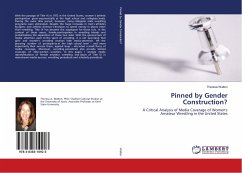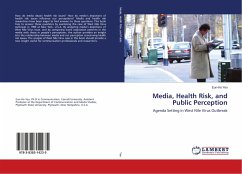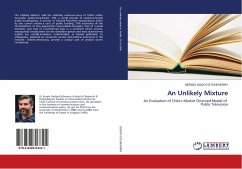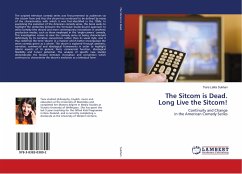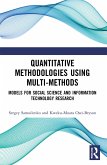With the passage of Title IX in 1972 in the United States, women's athletic participation grew exponentially at the high school and collegiate levels. During the same time period, however, many collegiate male wrestling programs were eliminated. Despite the huge increases in men's athletics budgets, and athletic director's decisions to spend money in places other than wrestling, Title IX has become the scapegoat for those cuts. In the context of these issues, female participation in wrestling blends and problematizes the separation of these two sides. With the general lack of media attention paid to the sport of wrestling, it is not surprising that girls' and women's wrestling receives little media attention. Yet the growing number of participants at the high school level - and more importantly their success there, against boys - attracted a small flurry of media coverage. Moreover, wrestling periodicals also provide limited coverage of elite women wrestlers. In this paper, I analyze media representations of female amateur wrestling and issues of Title IX in mainstream media sources, wrestling periodicals and scholarly periodicals.
Bitte wählen Sie Ihr Anliegen aus.
Rechnungen
Retourenschein anfordern
Bestellstatus
Storno

